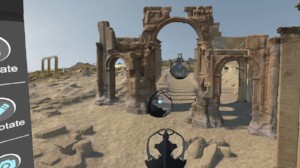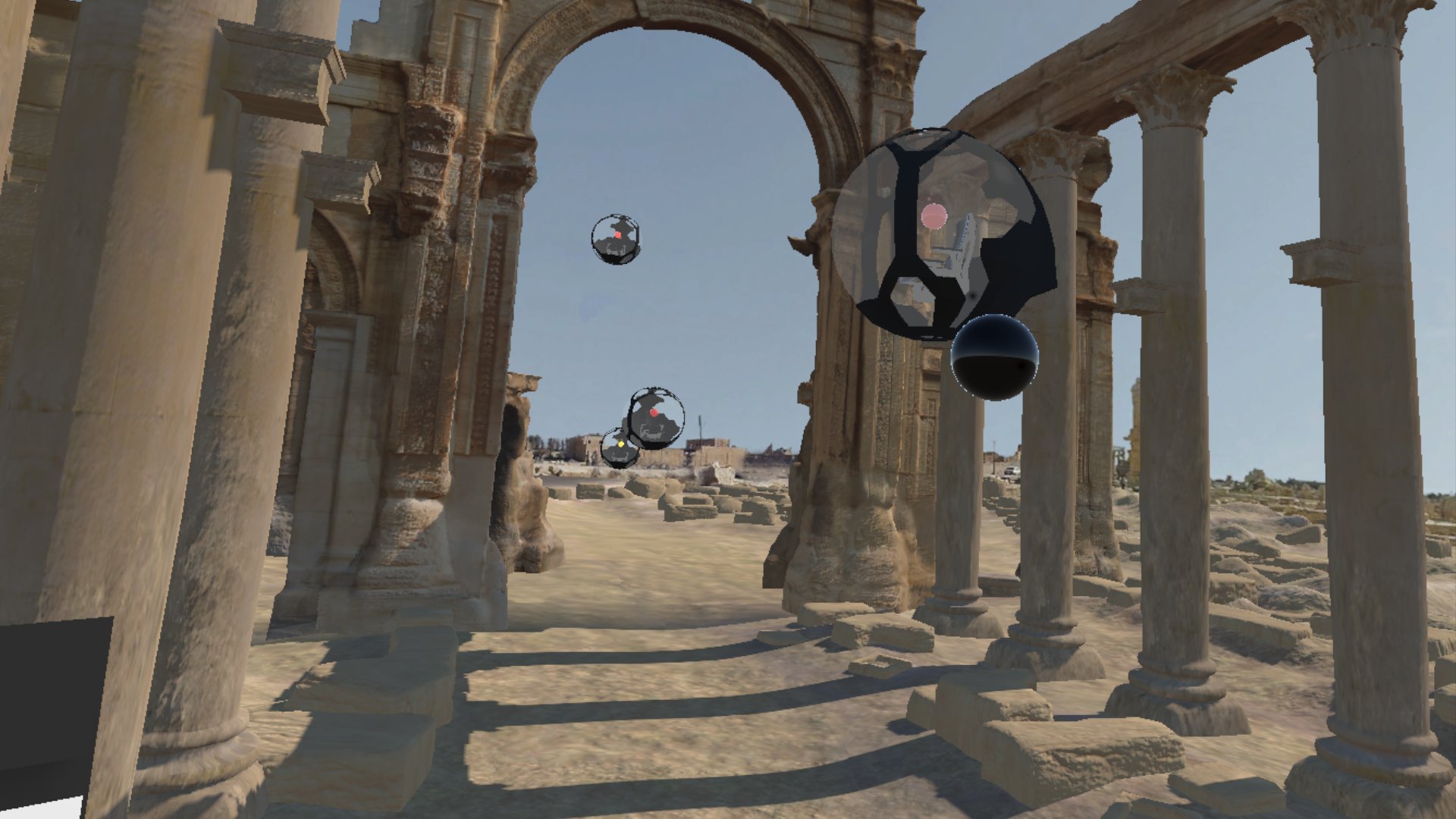But whether from the racy details or the chain of events, history clips along at a rapid pace.
And historical events are unfolding very quickly indeed in Venezuela. The infrastructure of the only industry that could have saved its economy is being cannibalized for its semi-precious metals and any hope that a massive humanitarian catastrophe can be averted is rapidly dimming.
It’s difficult to associate the poverty and desperation now running the streets of Venezuela with its now-defunct oil wealth, but that extreme contrast is exactly why efforts at preservation of culture, even while people are starving and violence is escalating, is crucial. Even a cursory knowledge of history tells us what is likely to happen next–and it is heartbreaking.
If you’re part of our community and reading this newsletter, you probably already get why preserving cultural heritage is all-important, but I’ll say this anyway: When the dust settles from the unfolding crisis (which I fear we have not yet even begun to see the worst of), and the people of Venezuela come through the long night now in front of them, it will be their identity as a people, expressed through their culture, that will help anchor them, bestow hope and push them forward as they rebuild. They will ask themselves who they want to be, what aspects of their identity helped bring about such a desperate and despotic period, and what aspects of their cultural identity deserve to be carried forward into a better future. Without such continuity, they could easily end up as nothing but fodder for soulless, endless economic occupation by every ruthless oil company, fast food chain and foreign lender, only to end up with the resultant radicalization that becomes inevitable when hope, generation after generation, has been piped and pocketed elsewhere.
So in the face of the country’s probable total collapse, we are hoping for the best–but, in our small but not unimportant way, we are helping to prepare for the worst. We cannot do anything about Venezuela’s economic strife, but we can help the people of that country save as much of their own culture as possible.
And we are. Over 75 Arc/k-trained volunteers in a half dozen Venezuelan cities are now actively photographing objects of cultural significance every day. Arc/k is generating 5-10 full 2-D and 3-D archives per week. We have coursework which is now being taught at two universities. Over 200 objects and structures from the 5 participating cultural institutions, and now the 75+ volunteers, is slowly becoming a massive library–and by the next time I write you, I believe we will have that library housed at a major American university as well.
All best,
Brian
Our Efforts in Venezuela
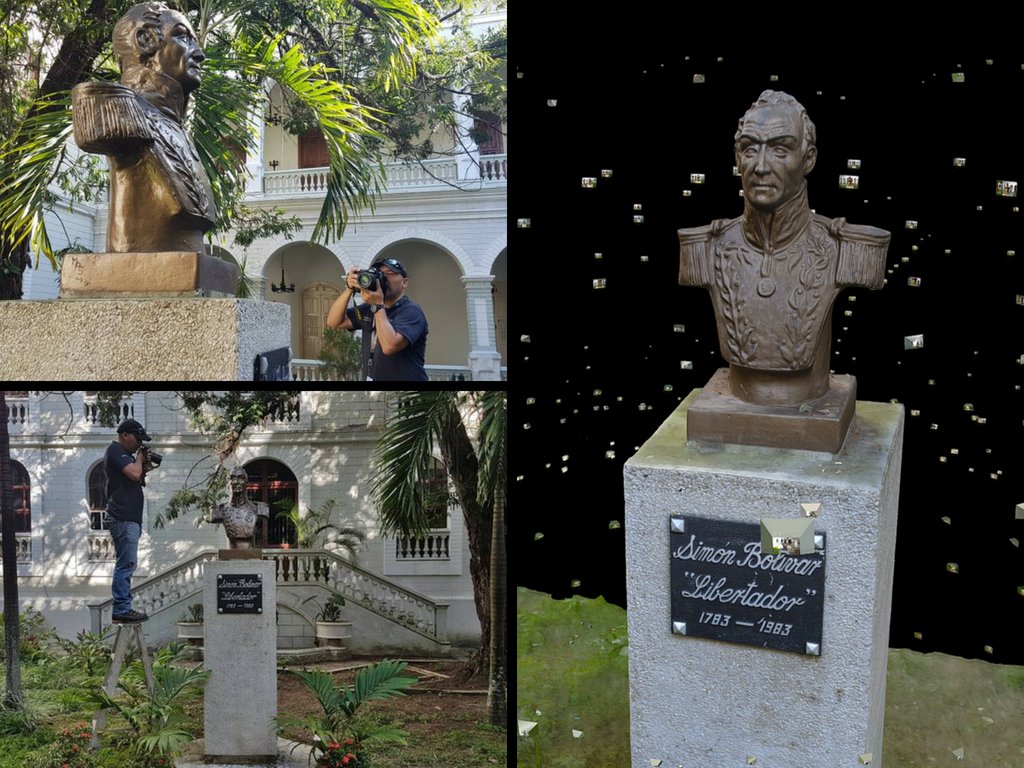
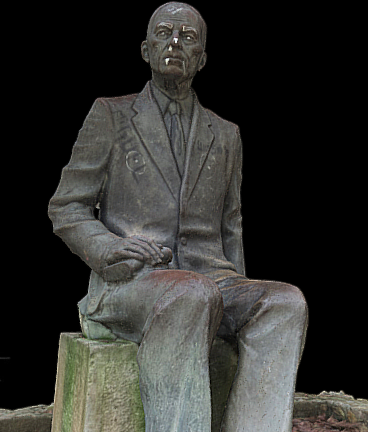
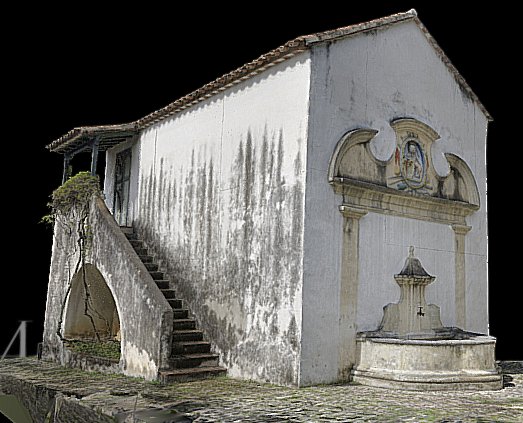


Located at the entrance of MAGMA (Museo de Arte Contemporáneo Mario Abreu, de Maracay Estado Aragua).
Photo registry by Frank Araujo and Ysrael Gómez in February 2018.
See the 3D model here.
Next Step: Global Giving
 WHEN: June 11 – 29
WHEN: June 11 – 29
WHAT: We were given a goal to raise $5,000 from 40 unique donors in order to become a permanent Global Giving partner (this means we’d have a real chance at getting sponsored by their corporate partners, which include Google, Microsoft, and other Fortune 500 companies!).
WHY: We want to continue our efforts to digitally capture cultural symbols in Venezuela, but additional funding is definitely needed.
Please spread the word or donate even $10 if you can — every bit counts. As of now, we need 28 donors and $4,000 to reach our goal. We would be elated if everyone who has ever admired our work would do their part!
WHAT: We were given a goal to raise $5,000 from 40 unique donors in order to become a permanent Global Giving partner (this means we’d have a real chance at getting sponsored by their corporate partners, which include Google, Microsoft, and other Fortune 500 companies!).
WHY: We want to continue our efforts to digitally capture cultural symbols in Venezuela, but additional funding is definitely needed.
Please spread the word or donate even $10 if you can — every bit counts. As of now, we need 28 donors and $4,000 to reach our goal. We would be elated if everyone who has ever admired our work would do their part!

Spotlight:
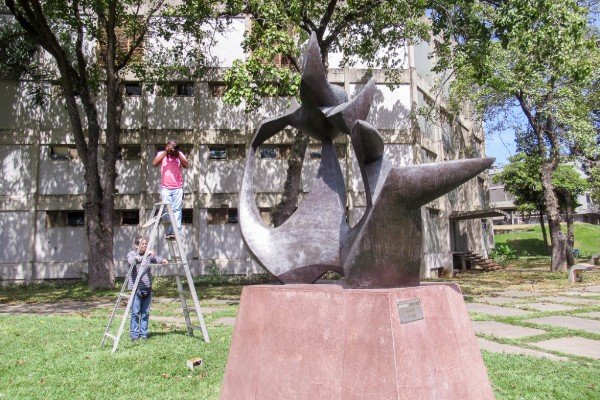 University City, Caracas
University City, Caracas
One of our most successful ventures in Venezuela thus far has been our work with students at CiefVE (Centro de Investigaciones y Fotográficos, Venezuela) to document statues, murals, buildings, and artworks at University City in Caracas, which is a UNESCO World Heritage site. We gave out 15 scholarships in partnership with IAM Venezuela and videoconferenced in to teach them the basics of photogrammetry, and are tremendously impressed with the results!

La Maternidad (1954) by Baltasar Lobo. Located at University City, Caracas in Venezuela. Photo registry by Daniel Patiño and Cruz Sojo in February 2018.
This piece is a part of the collection “Synthesis of the Arts” at the University City of Caracas, an UNESCO World Heritage Site, designed by the architect Carlos Raúl Villanueva.
See our 3D model here.
One of our most successful ventures in Venezuela thus far has been our work with students at CiefVE (Centro de Investigaciones y Fotográficos, Venezuela) to document statues, murals, buildings, and artworks at University City in Caracas, which is a UNESCO World Heritage site. We gave out 15 scholarships in partnership with IAM Venezuela and videoconferenced in to teach them the basics of photogrammetry, and are tremendously impressed with the results!

La Maternidad (1954) by Baltasar Lobo. Located at University City, Caracas in Venezuela. Photo registry by Daniel Patiño and Cruz Sojo in February 2018.
This piece is a part of the collection “Synthesis of the Arts” at the University City of Caracas, an UNESCO World Heritage Site, designed by the architect Carlos Raúl Villanueva.
See our 3D model here.

Thank you SXSW 2018!
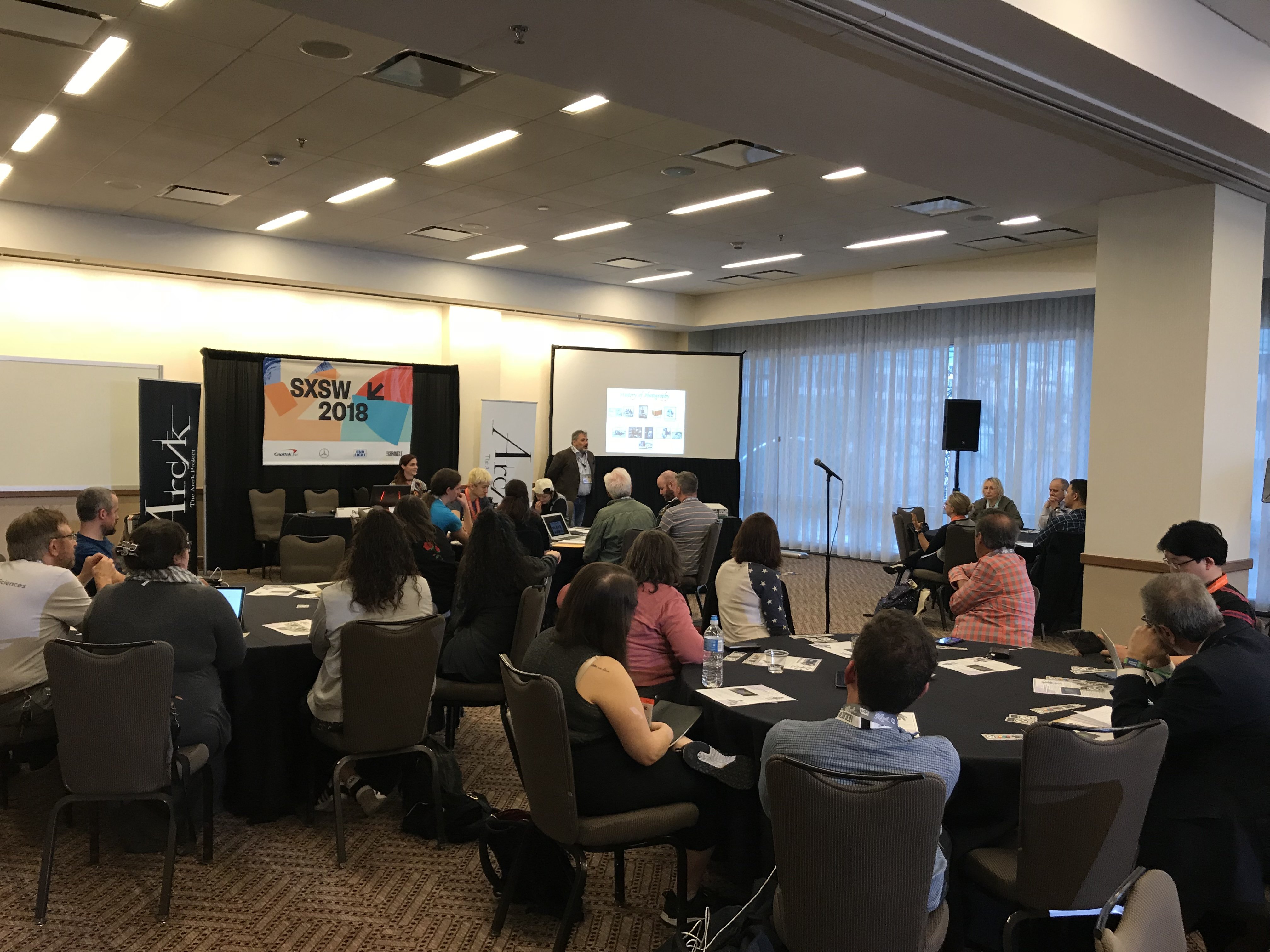 We hosted an immersive photogrammetry workshop this March at SXSW. A massive thank you to everyone who came out to support us and learn how to preserve cultures through photogrammetry and VR!
We hosted an immersive photogrammetry workshop this March at SXSW. A massive thank you to everyone who came out to support us and learn how to preserve cultures through photogrammetry and VR!
OVAL: Portals to the Past
